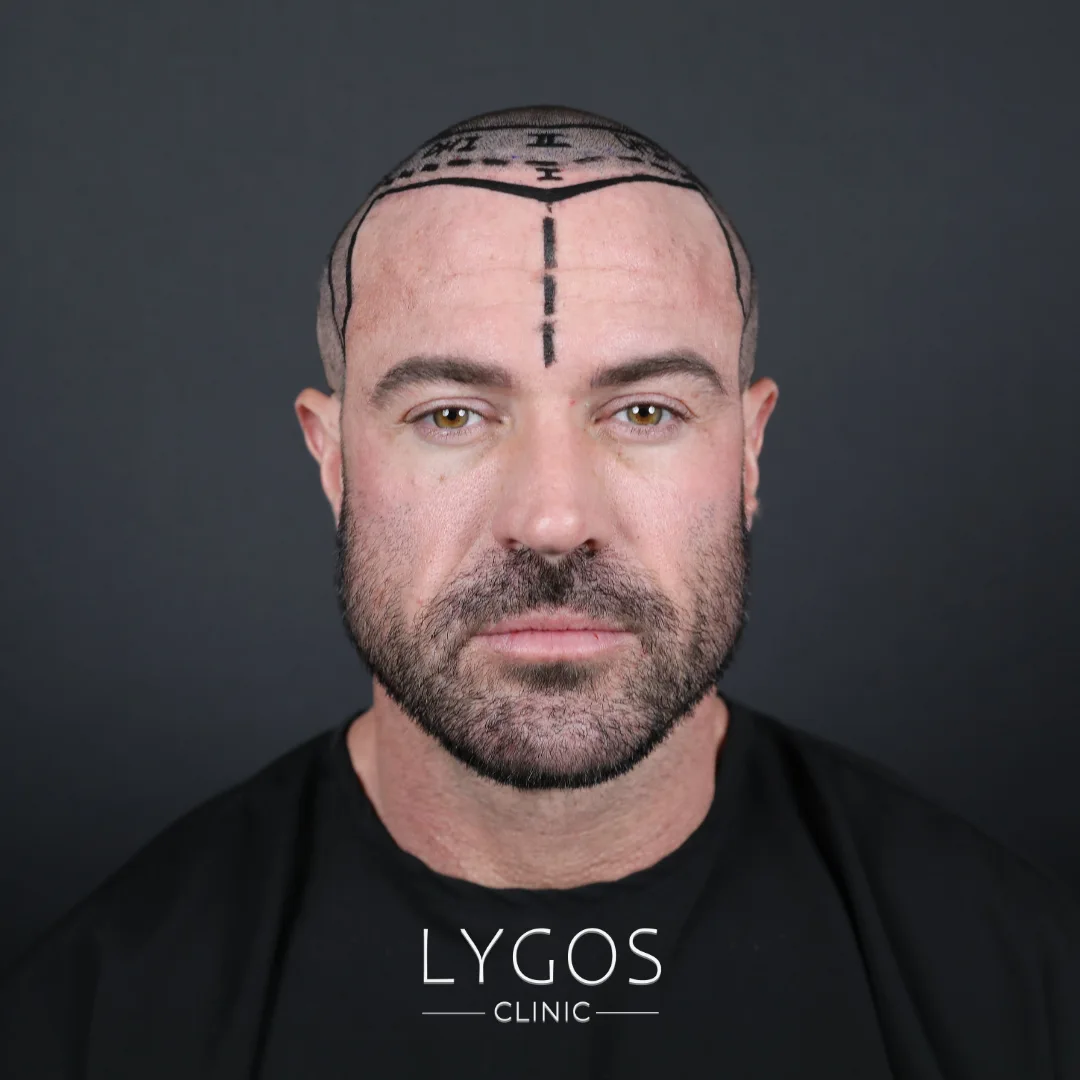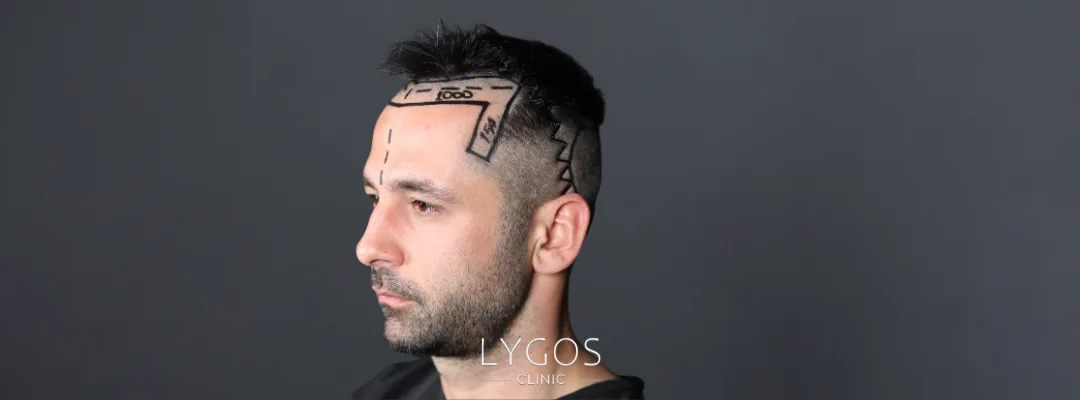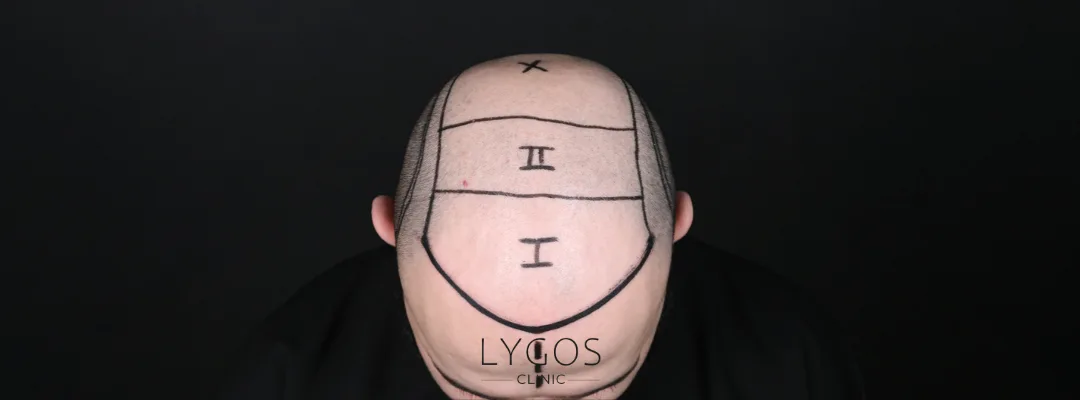What Is a Natural Hairline? | Why Does the Hairline Recede?

Chose Your Topic
What Is a Natural Hairline? Why Does the Hairline Recede?
The hairline is an important detail that directly affects the aesthetic appearance of the face. Especially when the hairline changes due to hair loss, genetic factors, or aging, a person’s expression can also change. At this point, a common question arises: What is a natural hairline?
A natural hairline is the arrangement of hair density in the forehead, temples, and the area where the hair begins in a way that looks natural. In other words, it is the line that ensures the hair starts in harmony with the face, in an aesthetic and symmetrical way.
In this article, we will touch on many points—from the types of hairlines, the differences between men and women, the causes of receding hairlines, to creating a natural hairline with hair transplantation.

What Is a Natural Hairline?
To clarify again: the answer to the question What is a natural hairline? is the line formed by the hair at the upper boundary of the face that looks most suitable for the individual. Here, the word “natural” refers to a line that is free from any artificial appearance and compatible with the person’s facial proportions.
The natural look of a hairline is very important both aesthetically and for a person’s self-confidence.
In hair transplant operations, the most critical factor is also designing a natural hairline. Because no matter how much density is achieved, if the hairline does not look natural, the result will not be satisfying.
Types of Hairlines
Hairlines vary from person to person. Genetic structure, face shape, hair density, and age all influence this variation. So, what are the types of hairlines?
- Straight Hairline: A line parallel to the forehead, often seen in young men.
- Rounded Hairline: A softer hairline shape, more common in women.
- M-Shaped Hairline: The temples recede, leaving a triangular area in the middle. Common in men.
- High Hairline: Gives the forehead a wider appearance, sometimes naturally present from birth.
- Asymmetrical Hairline: One side is higher than the other; rarely seen.
Each type has its own characteristics, but regardless of type, the most important thing is for the hairline to look natural. And here again comes the key question: What is a natural hairline and how can it be achieved with any type?
How to Recognize a Natural Hairline?
How do we know if a hairline is natural or not? Here are the points to pay attention to:
- Irregularity: Nothing in nature is perfectly symmetrical. A natural hairline does not form a sharp edge but includes slight irregularities.
- Density: Hairs near the forehead start more sparsely and become denser as they go backward.
- Facial Proportion: The hairline must suit the individual’s face. It should not be too low or too high.
- Age Factor: A natural hairline matches the age. A very high hairline at a young age, or a very low one at an older age, may look unnatural.
When all these features come together, the answer to What is a natural hairline? becomes clearer: it is a hairline that is age-appropriate, unique to the person, and free from artificiality.

Differences Between Men’s and Women’s Hairlines
Hairlines differ according to gender because male and female facial features are different.
- In men, the hairline is often M-shaped. As age progresses, the temples recede, which is a typical sign of male pattern baldness.
- In women, the hairline is usually more rounded, and the forehead line is softer. Women do not generally experience hair loss as intensely as men, but postpartum or hormonal changes can cause thinning around the hairline.
So, once again: What is a natural hairline? Regardless of gender, it is the hair starting in the most harmonious way with the individual’s facial features.
Why Does the Hairline Recede?
Over time, the hairline may move backward. There are several reasons for this:
- Genetic Factors: Male pattern hair loss (androgenetic alopecia) is the most common cause.
- Hormonal Changes: Especially in men, testosterone-derived hormones weaken hair follicles.
- Aging: As age increases, hair follicles become less productive.
- Stress and Lifestyle: Excessive stress, poor nutrition, and smoking accelerate hair loss.
- Diseases and Medications: Thyroid disorders, chemotherapy, and certain treatments can cause receding hairlines.
At this stage, it becomes harder to maintain a natural appearance. That’s why people often wonder: What is a natural hairline and how can the lost natural look be restored?

How to Create a Natural Hairline with Hair Transplantation?
Hair transplantation is one of the most effective ways to restore a hairline. However, the critical point here is whether the hairline looks natural.
- Planning: A design is first made according to the individual’s facial proportions. At this stage, the answer to What is a natural hairline? is taken into account.
- Graft Placement: In hair transplantation, finer hair follicles are used near the forehead line to ensure a natural transition.
- Adding Irregularities: The hairline is not drawn like a ruler-straight line; small irregularities are included.
- Age and Gender Factor: In men, the hairline is placed slightly higher, while in women, it is designed rounder and closer to the forehead.
After a successful transplant, the person’s hair looks both dense and natural. In other words, the success of the operation largely depends on the correct answer to the question: What is a natural hairline?
What Is a Natural Hairline? Frequently Asked Questions (FAQ)
A natural hairline is when the hair begins at the forehead in harmony with the face, aesthetically pleasing and free of artificiality. Natural appearance is very important for both the success of hair transplantation and a person’s self-confidence.
Genetic factors, age, stress, or hormonal reasons can cause receding. In this case, consulting a dermatologist or a hair transplant specialist is the best step. If noticed early, medical treatment may slow the process.
Yes. With an experienced specialist, a natural hairline can be created through transplantation. The angle, density of the grafts, and the design according to facial proportions play a major role.
In men, the hairline is usually M-shaped and placed slightly further back. In women, it is rounder and closer to the forehead. Natural hairlines are designed differently depending on gender.



